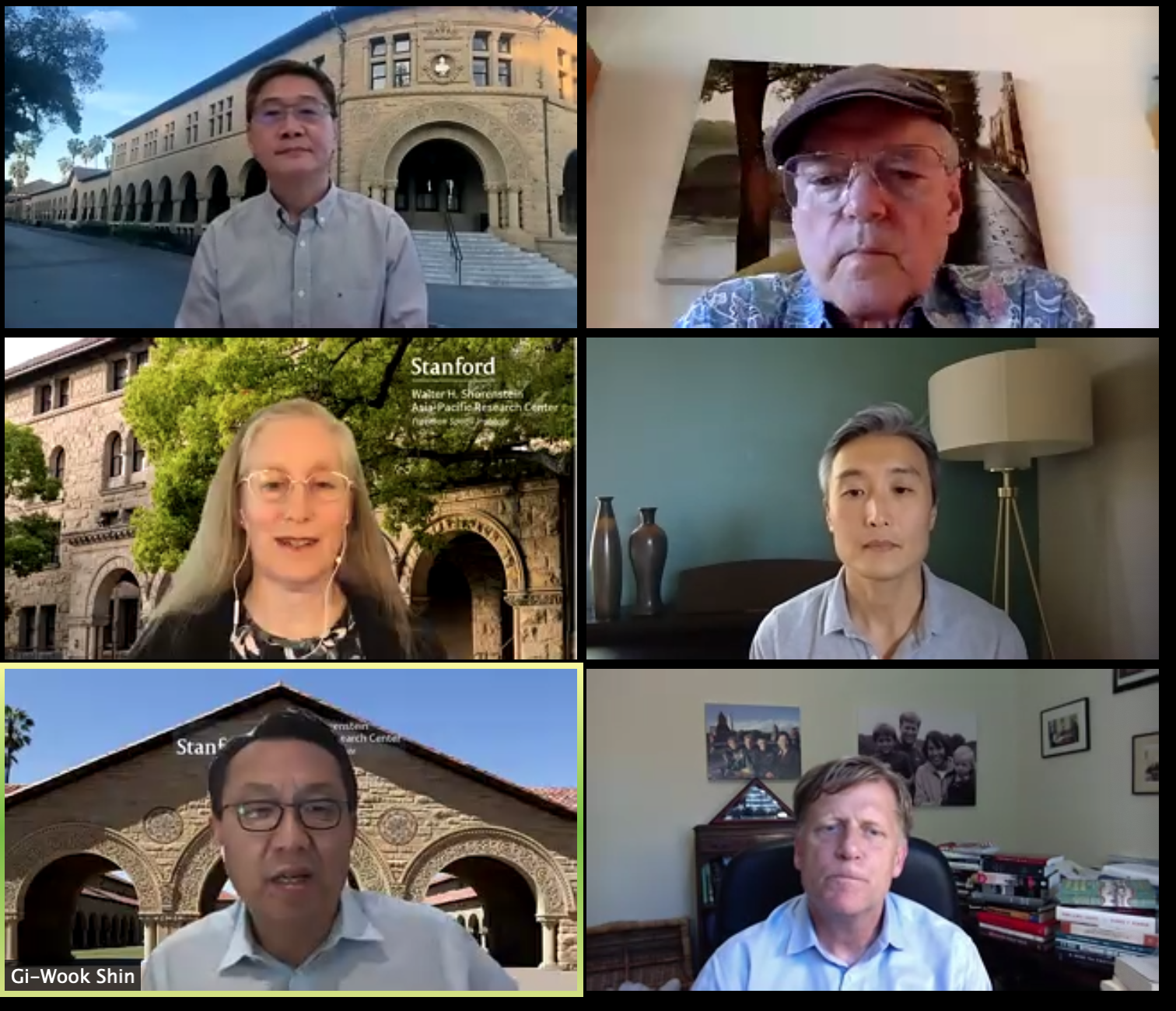Faculty members at the Freeman Spogli Institute for International Studies praised South Korea, Vietnam and Singapore’s responses to coronavirus, while criticizing China, Indonesia and India at a virtual seminar on the successes and failures of different healthcare systems across Asia.
The seminar convened Stanford’s leading experts in Asian healthcare systems in a discussion about the important lessons for the future from the policy responses across Asia.
Xuegang Zhou, a professor in economic development and sociology, criticized the Chinese government’s response to the coronavirus.
“At the beginning, the Chinese government responded to the crisis in a predictable way: They tried to sweep the problem under the rug,” Zhou said.
According to Zhou, the government’s decision to enforce lockdown in Wuhan sparked turmoil, and medical staff were overwhelmed by high numbers of cases. Resentment against the government spread over the internet and social media.
“I have never seen this kind of organized and concerted effort in defiance of government censorship,” Zhou said, suggesting that this moment marked a new era in China’s virtual space.
However, as the epicenter of the outbreak shifted to Europe and the United States, the Chinese government’s handling of the crisis began to look much better in comparison, he added.
“Those voices critical of Chinese governments’ mishandling of the situation have mostly been silenced,” Zhou said.
Speakers criticized the responses of other Asian countries such as Indonesia and India. Don Emmerson, senior fellow emeritus at FSI and director of the Southeast Asia Program, says that both countries responded late. According to Emmerson, the president of Indonesia refused to recognize the problem.
“It was up to the provinces to see the effects of the crisis and pressure the government to do more,” he said. “[The president’s] policies have been inconsistent and chaotic.”
Karen Eggleston, a senior fellow at FSI and deputy director of the Asia-Pacific Research Center, praised the Indian state Kerala’s strong health system and speediness in deploying contacting tracing as key to addressing the crisis. But, the national government’s first serious response occurred three weeks after India’s first case in March and took the form of a sudden lockdown with only hours notice.
Scholars cited countries such as South Korea, Vietnam and Singapore as examples of effective responses to the pandemic.
Yong Suk Lee, South Korea Center Fellow at FSI and deputy director of the Korea Program, praised the Korean government’s successful response to the pandemic.
“South Korea has, at this point, seemed to have flattened the curve,” Lee said, though he noted the possibility of a second wave of infections.
According to Lee, one element of South Korea’s successful response was its speed.
“Even before the first case was identified, the Moon administration gathered various test kit developers and encouraged them to develop and mass produce kits,” he said.
This massive increase in production of testing kits, along with a national health insurance program that made it cost-effective for Korean citizens to obtain testing, led to high testing rates among Koreans for coronavirus.
Contact tracing was also an important part of Korea’s response, allowing the government to track the movements of infected individuals. If there is a confirmed case of the virus, Lee said, all of the information about the person’s location will be shared with others via mobile apps.
South Korea also saw greater compliance with important preventive measures such as social distancing, mask wearing, and contact tracing due to stronger trust in the government. The country never implemented a lockdown and maintained an open border policy with China, instead establishing testing sites at its borders. As a result, Lee said, the economic impact of the outbreak appears to be less severe there.
“Rather than pursuing a lockdown policy, contact tracing may have allowed Koreans to experience a less negative [economic] impact,” he said.
Emmerson cited Singapore and Vietnam as two countries in Southeast Asia that effectively responded to the crisis. Though Singapore has reported more cases, he said its “ability to determine who has [coronavirus] and who doesn’t represents a capacity to flatten the curve.”
While he criticized the Singaporean government for ignoring positive cases among migrant workers, he praised the government’s high-tech approach in fighting the pandemic.
“Of all the countries in Southeast Asia, none has approached the virus with a high technological array of instruments,” he said, explaining how the government tracks its citizens’ movements electronically through mobile apps.
Vietnam’s success in fighting coronavirus, according to Emmerson, came through the power and network of the communist party.
“It’s not a question of a phone app,” he said. “Someone employed by the government will find out if you have symptoms, and you may end up in some kind of containment.”
Using this aggressive approach, the Vietnamese government imposed order and prevented infection, he said.
He added that, although Laos and Cambodia both claim to have had zero deaths from the virus, their data is questionable.
While Japan is leading the world in the demographic transition, Eggleston said, the share of the population 80 and over makes the nation particularly vulnerable to coronavirus.
“It’s not clear whether the pandemic will derail long-term trends towards healthy aging and undermine intergenerational social contracts,” she said.
Emmerson emphasized “government competence” as most important in dealing with the pandemic. While all of the countries discussed at the seminar had strengths and weaknesses in their responses,
“It may not be the regime that matters, but it is certainly the case that government competence is really what matters if we are to come out of this crisis as soon as possible,” he said.
Contact Annie Chang at annie215 ‘at’ stanford.edu.
